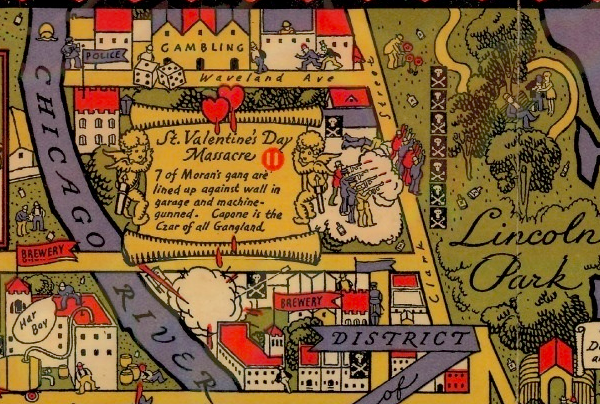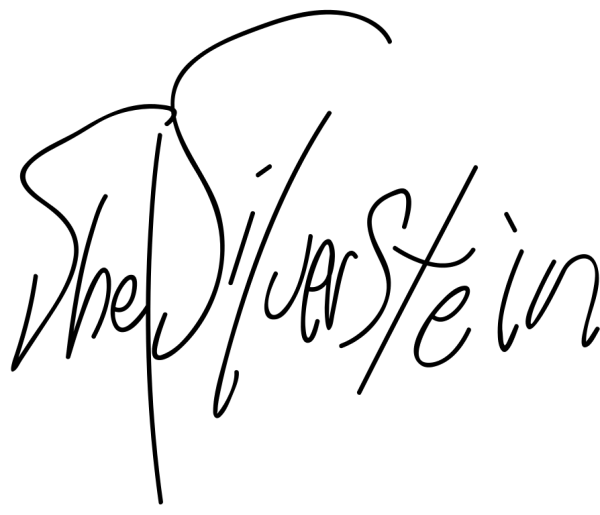We know Ellen DeGeneres as the superstar host of her own talk show and the voice of cuddly, forgetful fish Dory. No doubt many of her younger fans have no idea she was a standup comic, before The Ellen DeGeneres Show, before even the 90s sitcom Ellen, which mostly gets mentioned for the “coming out” episode that supposedly ended her career almost two decades ago. But even if all the TV and movie stardom had never come her way, comedians like Chris Rock might still remember Ellen as one of their favorite standup comics.
Rock adds DeGeneres to his list of “Favorite Standup Specials” for her 2003 HBO performance Here and Now, which you can see in part above. “Most comics just talk about what they see,” he writes, “This is the first time I heard somebody talk about what they felt.” Ellen works clean, and in that respect she’s in a minority on Rock’s list (she’s also the only woman). Even the comedian Rock compares to Andy Griffith— “Blue Collar” comic Ron White—gets a raunchy asterisk next to that reference. And indeed, he’s both down home and dirty. So what connects the comedians on Rock’s list?
Aside from the fact that they’re all big names, not much, it seems. In choosing these 13 specials, Rock seems drawn not to a particular genre or brand of humor, but to the skillful, moving performance of comedy: dirty, clean, political, topical, observational—it’s all good as long as it’s funny. A good comic can make ‘em laugh by riffing on the mundane annoyances of daily life, or by telling uncomfortable truths with a smile like Dave Chappelle, above, whose special Killin’ Them Softly also appears on Rock’s list of favorites.
Like Rock, Chappelle knows his comedy history, and fans of The Chappelle Show know too—at least when it comes to the legendary Paul Mooney, a comedian’s comedian and onetime writer for Richard Pryor. Mooney’s special Jesus is Black. So Was Cleopatra. Know Your History makes the list for “more edge than anything you are ever going to see.” And his onetime boss Pryor gets top billing for the “perfect” Live in Concert 1979—“what every comic is striving for,” says Rock, “and we all fall very short.”
Speaking of truth-tellers, the great George Carlin makes the list for his special Jammin’ in New York. Carlin spared no one, and comedians love him for it, even if few people have the courage or the wit to do what he did. Rock has come close, with routines that make people laugh as they squirm in their seats. His delivery is all his own, but we can see Carlin’s bristling social critique in his act as much as Richard Pryor’s riffs on race and sex.
Other big names on the list include Steve Harvey, Eddie Murphy, the-once-beloved Bill Cosby, George Lopez (“the Mexican Richard Pryor and Bill Cosby at the same time”), and even Andrew Dice Clay for his The Day the Laughter Died, “a comedy album only a comedian could love.”
But it isn’t solely about laughter or candor for Rock; as he noted in his Ellen pick, it’s also about feeling, and in the case of one special, Billy Crystal’s one-man-show 700 Sundays, the comedy sits side-by-side with pathos. Drawn from a bittersweet autobiography of the same title, Crystal’s show premiered in 2004 and was revived in 2013 and filmed by HBO (trailer above). “Brilliant, touching and f*cking funny,” says Rock, “First time in my life I cried at a comedy show.”
Rounding out the list is Sam Kinison, whose unforgettably unhinged role in Rodney Dangerfield’s Back to School brought thousands of curious new fans to his classic album Louder than Hell. “The last original comic,” says Rock. “Most comics are derivatives of Pryor, Cosby, or Seinfeld. Sam reminded you of Billy Graham.” I’d say he was more Jimmy Swaggart, if Jimmy Swaggart screamed obscenities at starving children. See Rock’s full list below.
- Richard Pryor Live In Concert 1979
- Paul Mooney: Jesus Is Black. So Was Cleopatra
- Dave Chappelle: Killin’ Them Softly
- Eddie Murphy: Delirious
- Bill Cosby: Himself
- George Carlin: Jammin’ in New York
- George Lopez: America’s Mexican
- Steve Harvey: One Man
- Billy Crystal: 700 Sundays
- Andrew Dice Clay: The Day the Laughter Died
- Ron White: They Call Me Tater Salad
- Ellen DeGeneres: Here and Now
- Sam Kinison: Louder Than Hell
via Austin Kleon
Related Content:
Hear 30 of the Greatest Standup Comedy Albums: A Playlist Chosen by Open Culture Readers
Bill Hicks’ 12 Principles of Comedy
Josh Jones is a writer and musician based in Durham, NC. Follow him at @jdmagness








